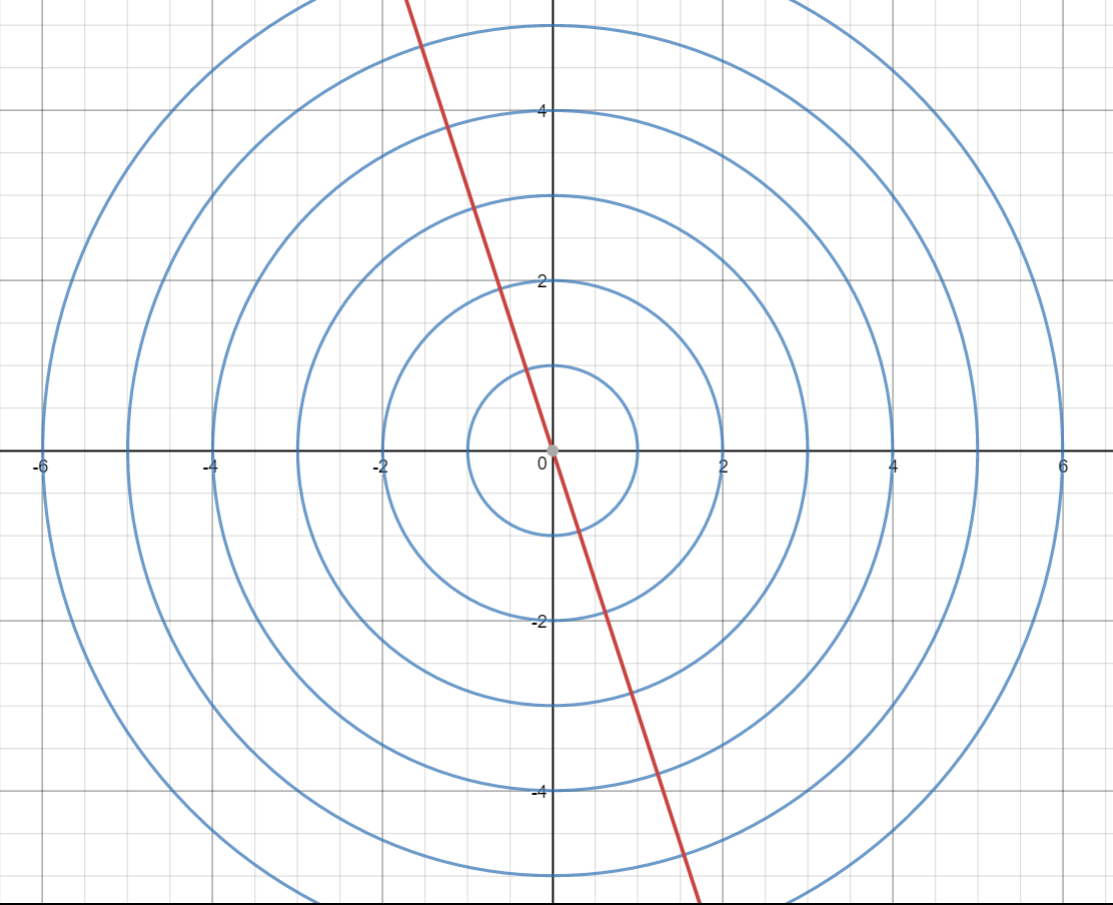

As I may have previously mentioned, is the world’s best math department chair who took on a fourth prep of PreAP Precal so I didn’t have 32+ students in 3 of my classes. Now I’m sure you’re wondering how this lesson was bagel award-winning. Tomorrow we’ll practice graphing by hand and solving systems. It took most of the period to discuss and they had a matching worksheet for homework.

I made this modest notetakermaker for the day: It also made the next day so much easier because they knew (a) what the graphs should look like (instead of my horrible attempts at drawing) and (b) what some parts of the equation did.

#Desmos graphing polar coordinates plus#
Plus a few of them even had time at the end and chose to spend it playing with Desmos.

And they loved this! (or at least they told me they did and they were engaged and I didn’t hear any of the normal “I can’t learn unless you teach me.”) AND they made a lot of the discoveries I wanted them to, some of them more formalized than others, but all of them on the right path. Now this class hates discovery learning with the force of a thousand suns. About 3/4 of them got through during the 50 minute class, with the rest having to finish up the last row for homework. The students worked in pairs in the computer lab and except for mention to a few of them that you can use the sliders instead of typing in each equation (I left off “ like it says in the directions” so I wouldn’t have to put a quarter in the sarcasm jar), I didn’t say anything to guide them. Here is the word file and the desmos file. My coteacher and I decided that my first draft was asking a bit too much (like the original lesson did), then I found this great worksheet and decided to base my lesson on that, using Desmos instead of the graphing calculator because DUH. I knew I wanted to use desmos and I knew I wanted them to make generalizations. Well, at least a better lesson than what was offered (which was “graph these 5 equations at the same time on the TI 83, come up with generalizations like ‘if |a|<|b| then r can be negative which forms an inner loop’, then forget what you just generalized and use a t-table to graph these.”) Plus I’m helping to write the PreAP curriculum guide so I wanted to make sure it was a good lesson. Then our school decided to teach Calculus BC this year and–oops!–turns out that skill is kind of an important thing. While I did enjoy seeing where the petals and loops came from, we only got through 6 graphs and we didn’t really delve into recognizing the different equations and being able to do a quick sketch. Last year, we did some converting back and forth between polar and rectangular equations and then spent a day on graphing polar equations using t-tables. r2= 25 cos 20 r2 = 9 cos 2e r2 = 4 sin 20 r2 = 36 sin 20 Lemniscates Lemniscates have the form r2 = aż sin 20 or r2 = acos 20.This week my PreAP Precal classes delved into polar coordinates and graphs. There are three types of shapes that they form (in your own words): 1. R = 1 + 2 cos r = 2 - 2 cos e r = 3 + 2 cos e r= 4 - 2 cos e V Limaçons r = 2 - 3 sin e r = 3 + 3 sin e r = 2 - sine r = 4 + 2 sin e Limaçons have the form r = a + b sin orr = a + bcos O. The first petal is symmetric with respect to > The first petal is symmetric with respect to YA Rose Curves r = 2 sin 20 r = 4 sin 30 r = 3 sin 40 For r = a sin no, a is the If n is even, there are petals. r = 4 cos 30 r = 5 cos 40 r = 6 cos 50 For r = a cos no, a is the If n is even, there are petals. YA Circles r=2 sin e r = -3 sin e r = -4 sin e For r = a sin, a is the If a is positive it is symmetric with respect to the If a is negative it is symmetric with respect to the and shifted of the pole. Xh r= 4 cos e r = 2 cos e r=-6 cos For r = a cos 0, a is the If a is positive it is symmetric with respect to the If a is negative it is symmetric with respect to the and shifted of the pole. Be sure to indicate radians or degrees as needed. To graph in Polar Coordinates in Desmos, you should click on the wrench in the upper left corner and select polar grid. Transcribed image text: You will want a graphing calculator or Desmos for this problem.


 0 kommentar(er)
0 kommentar(er)
